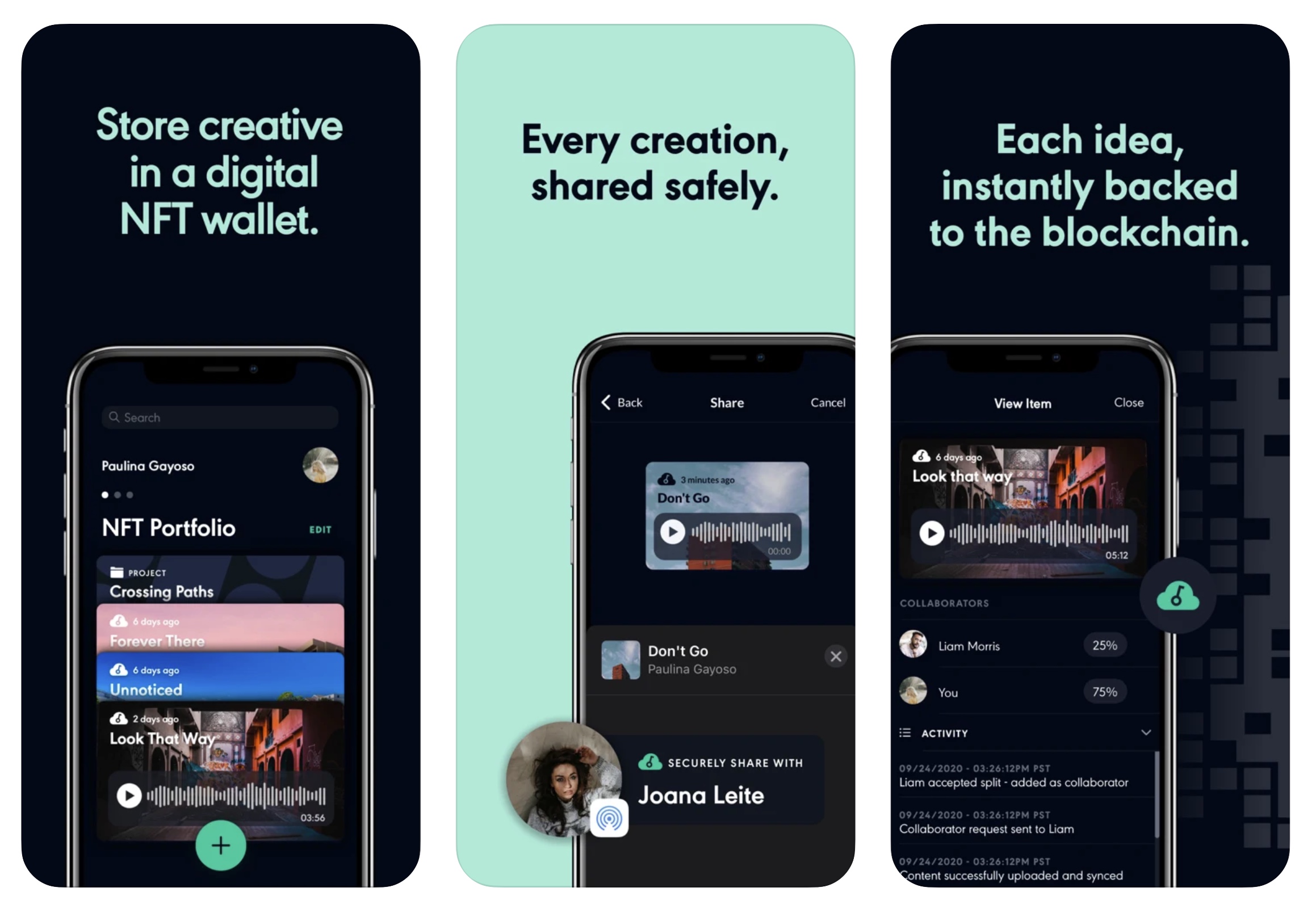Tesla’s relationship with bitcoin is not a dalliance, according to the comments made by the company’s CFO and dubbed “master of coin” Zach Kirkhorn during an earnings call Monday. Instead, the company believes in the longevity of bitcoin, despite its volatility.
Tesla invested $1.5 billion in bitcoin this quarter and then trimmed its position by 10%, Kirkhorn said during the company quarterly earnings call. That sale made a $101 million “positive impact” to the company’s profitability in the first quarter, he added. Tesla also allows customers to make vehicle deposits and final vehicle purchases using bitcoin.
Tesla turned to bitcoin as a place to store cash and still access it immediately, all while providing a better return on investment than more traditional central bank-backed safe havens. Of course, the higher yields provided by the volatile digital currency comes with higher risk.
Tesla bucks the trend of the more cautionary Federal Reserve Chairman Jay Powell who noted back in March at virtual summit hosted by the Bank for International Settlements that the Fed considers crypto speculative assets that are highly volatile and therefore not useful stores of value. That matters because the basic function of currency is its ability to store value. He also noted that digital currencies are not backed by anything and compared it to gold and not the dollar.
From Kirkhorn:
Elon and I were looking for a place to store cash that wasn’t being immediately used, try to get some level of return on this, but also preserve liquidity, you know, particularly as we look forward to the launch of Austin and Berlin and uncertainty that’s happening with semiconductors and port capacity, being able to access our cash very quickly is super important to us right now.
And, you know, there aren’t many traditional opportunities to do this or at least that we found and and talking to others that we could get good feedback on, particularly with yields being so low and without taking on additional risk or sacrificing liquidity. Bitcoin seemed at the time, and so far has proven to be a good decision, a good place to place some of our cash that’s not immediately being used for daily operations or maybe not needed till the end of the year, and be able to get some return on that.
Tesla is watching the digital currency closely, Kirkhorn said, noting that there is a lot of reason to be optimistic.
“You know, thinking about it from a corporate treasury perspective, we’ve been quite pleased with how much liquidity there is in the bitcoin market,” he said. “Our ability to build our first position happened very quickly. When we did the sale later in March we also were able to execute on that very quickly. And so as we think about kind of global liquidity for the business in risk management, being able to get cash in and out of the market is something that I think is exceptionally important for us.”
While Tesla did trim its position in March, Kirkhorn added that the company’s intent is to hold what it has long term and to continue to accumulate bitcoin from transactions from its customers as they purchase vehicles. Musk, who also goes by Technoking, announced in March that Tesla would accept bitcoin as a form of payment in the United States.


